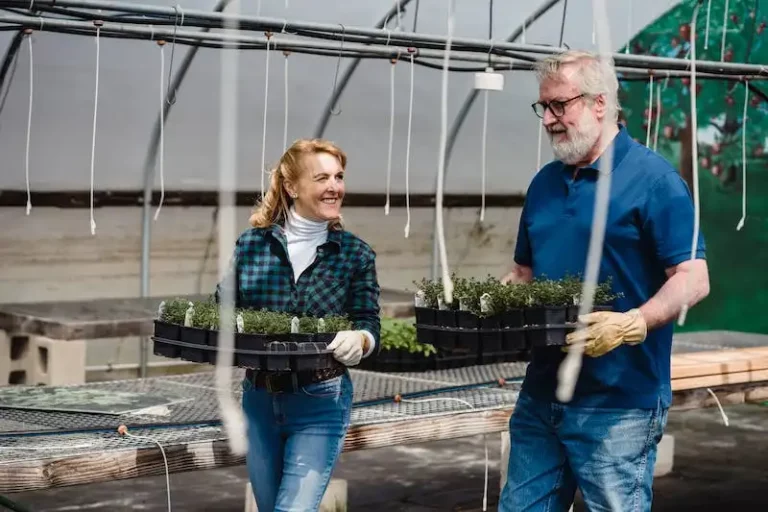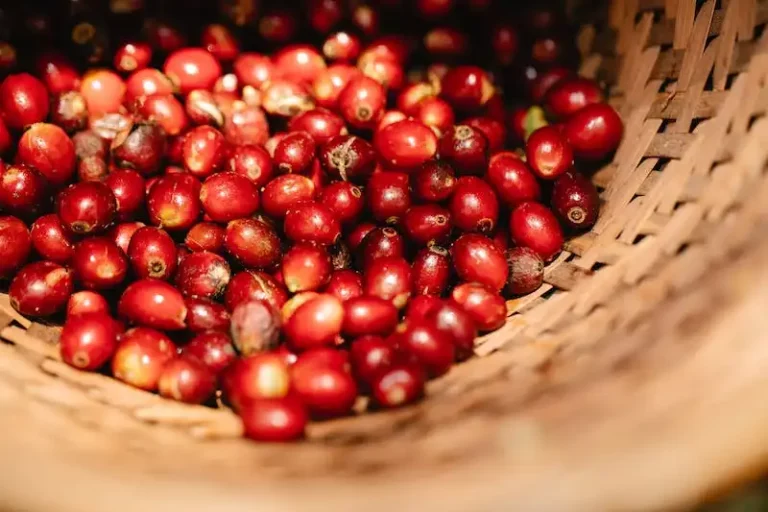The northern pine tree is a common sight in the forests of North America and Europe. This majestic tree, known for its tall and straight trunk, is a valuable resource for humans and animals alike. In fact, it has been a source of food and shelter for countless species of birds, insects, and mammals.
Contrary to popular fiction, the northern pine tree is not the heaviest or tallest tree in the world. However, it is highly adaptable and can survive in a wide range of environments, from the extreme cold of Siberian taiga to the hot and dry summers of Georgia.
One interesting fact about the northern pine tree is its ability to thrive in harsh conditions. During winter, when most trees have shed their leaves, this evergreen plant remains green, providing a vital source of food for animals that are unable to migrate. Its dense canopy offers protection against predators and the elements, making it a safe haven for many woodland creatures.
Another intriguing aspect of the northern pine tree is its important role in forest ecosystems. The pine tree is not just a beautiful sight, it plays a crucial part in maintaining forest health. Its dense root system prevents soil erosion and its needles provide nutrients to the forest floor as they fall. In addition, northern pine trees are frequently used in reforestation efforts due to their ability to be transplanted with relative ease.
In conclusion, the northern pine tree is a fascinating and significant species to learn about. Its adaptability, ability to provide food and shelter to various animals, and its importance in maintaining forest ecosystems make it a valuable asset to our natural world. Whether you are an outdoor enthusiast or a plant science enthusiast, gaining information about this tree and experiencing it firsthand is an experience that is both enriching and rewarding. So, if you ever find yourself in a northern forest, take a moment to appreciate the beauty and significance of the northern pine tree!
Quality Northern Grown Seedlings Transplants and plugs
At our nursery, we specialize in providing the highest quality northern grown seedlings, transplants, and plugs. Our extensive experience and dedication to excellence ensure that each plant we produce meets the highest standards.
The northern climate of Wisconsin, USA is ideal for growing healthy and resilient trees. The cold winters and long growing season result in robust seedlings that are well adapted to survive in extreme conditions.
Our trees are grown from seeds collected from the northern edge of the forests, where the heaviest white pine (Pinus strobus) trees are found. These trees, known as bonasis pines, are a unique variety that have adapted to the harsh conditions of the tundra.
Our nursery uses the latest scientific knowledge and techniques to cultivate these northern pines. We employ advanced methods to ensure the genetic diversity and quality of our trees, which are essential for their long-term survival and health.
Planting our quality northern grown seedlings, transplants, and plugs can benefit the environment in many ways. These trees provide essential habitat and food sources for a wide range of birds, insects, and animals, some of which are associated with rare or endangered species.
Northern pine trees, such as the white pine and the jack pine (Pinus banksiana), are also important for the timber industry. This industry supports local economies and provides employment opportunities in the northern regions.
If you are interested in more information about our quality northern grown seedlings, transplants, and plugs, please contact us. We would be happy to provide you with additional details and answer any questions you may have.
Visit our website for a photo gallery and videos showcasing our nursery, the northern forests, and the beautiful landscapes these trees create. Learn more about the importance of these trees and their ecological significance.
Experience the beauty and majesty of the northern forests with our quality northern grown seedlings, transplants, and plugs. Start your own forest today and make a positive impact on the environment.
Photo Gallery
Here is a photo gallery featuring various northern pine trees:
1. Common Pine (Pinus sylvestris)
The common pine is one of the most widespread pine species in the northern forests of Europe and Asia. It is a coniferous tree that can grow up to 115 feet tall and has needles that are about 1.5 inches long.
2. Tundra Pine (Pinus pumila)
The tundra pine is a small pine tree that occurs in the tundra regions of Siberia and northern Alaska. It is well-suited to survive in extreme cold and harsh conditions.
3. White Pine (Pinus strobus)
The white pine is a North American pine tree that can grow up to 230 feet tall. It is known for its soft, flexible wood and is commonly used for construction and furniture making.
4. Siberian Pine (Pinus sibirica)
The Siberian pine is a slow-growing pine tree that can live for hundreds of years. It is known for its high-quality wood and is often used for making furniture.
5. Red Pine (Pinus resinosa)
The red pine is a tall pine tree that is commonly found in the forests of the northeastern United States and eastern Canada. It has long needles and produces large cones.
These photos provide a glimpse into the beauty and diversity of northern pine trees. They also highlight the importance of preserving these trees and their natural habitats.
Video
Watch the video below to learn more about Northern Pine Trees:
- The video showcases the stunning mountain landscapes where these trees thrive.
- It explains the various insects and predators that can be found in these forests.
- You’ll get a glimpse of the North American and European pines and how they differ in appearance and qualities.
- Learn about the extreme conditions these trees can survive in, including harsh winters and strong winds.
- Discover the hunting associations and bonasi techniques used to maintain healthy forests.
- See the unique features of Northern Pine Trees compared to other trees found in the North.
- Explore the wide range of animals, including birds, that rely on these trees for food and shelter.
- Listen to experts who share their experiences in the nursery and in the forest.
- Learn about the importance of transplants and how they can help to regenerate forests.
- Scattered throughout the video, you can find a photo gallery showcasing beautiful views of these trees in different seasons.
- Contact us for more information and to obtain transplants for your own forest.
Don’t miss out on this fascinating video that delves into the world of Northern Pine Trees and their impact on the northern forests.
Contact Us
If you have any questions or need more information about the Northern Pine Tree, please do not hesitate to contact us. We are here to help you learn more about this fascinating tree and its unique characteristics.
You can reach us through the following channels:
Email: [email protected]
Phone: +1-123-456-7890
Address: 123 Pine Street, Forest, Wisconsin, USA
Feel free to contact us for any queries or concerns related to Northern Pine Trees. We are always happy to assist you and provide you with accurate information.
Note: If you have any interesting photos, videos, or information about Northern Pine Trees in different regions of the world, such as Siberian, European, American, or Georgian forests, we would love to hear from you. Your contributions will help us expand our knowledge and understanding of these trees.
Remember, Northern Pine Trees are found in a wide range of habitats, from the extreme cold of the tundra to the hot summers of Georgia. They are a common plant in Northern Wisconsin and are essential for the survival of many birds, animals, and insects. These trees have adapted to survive harsh winter conditions and provide food and shelter to a variety of wildlife.
We look forward to hearing from you!
Northern Pine Tree Information
The Northern Pine (Pinus) is a common type of tree found in the northern regions of the world. It is a member of the Pinaceae family and is known for its strength and durability. The Northern Pine tree is also known as the white, mountain, or Siberian pine.
One of the key characteristics of the Northern Pine is its ability to survive in extreme cold climates. It is adapted to the harsh conditions of the tundra and can withstand freezing temperatures and strong winds. The Northern Pine has a cone-like shape, which helps it shed snow and ice during the winter months.
Northern Pines are important to wildlife as they provide food and shelter. Birds such as the bonasis and the another commonly occur in forests where Northern Pines are found. The tree also serves as a habitat for various insects and small animals.
In addition to providing habitat for wildlife, Northern Pines have economic importance. The wood from these trees is used for construction, furniture, and other purposes. The tree is also cultivated for ornamental purposes in gardens and parks.
In recent years, there has been concern about the decline of the Northern Pine due to factors such as climate change and habitat destruction. Efforts are being made to protect and conserve these trees to prevent their extinction.
If you are interested in learning more about Northern Pines and their role in the ecosystem, there are many resources available. You can find information about the science of trees, wildlife associations, and more. Additionally, you can contact local forest agencies or visit nature centers to experience the Northern Pine forests firsthand.
Whether you are a nature lover, a scientist, or simply curious about the world around us, Northern Pines offer a fascinating and important subject of study. The resilience and adaptability of these trees, along with their significance in various ecosystems, make them a truly remarkable species.
- Here is a photo of a Northern Pine tree:
- Here is a video showcasing the beauty of Northern Pine forests:
- If you are interested in planting Northern Pine tree seedlings or transplants, you can find them at local nurseries or online retailers.
- If you are interested in hunting or wildlife management, Northern Pine forests can provide excellent opportunities and a high-quality hunting experience.
- For more information about Northern Pines, their habitat, and conservation efforts, you can visit the Northern Pine Tree Conservation Gallery.




